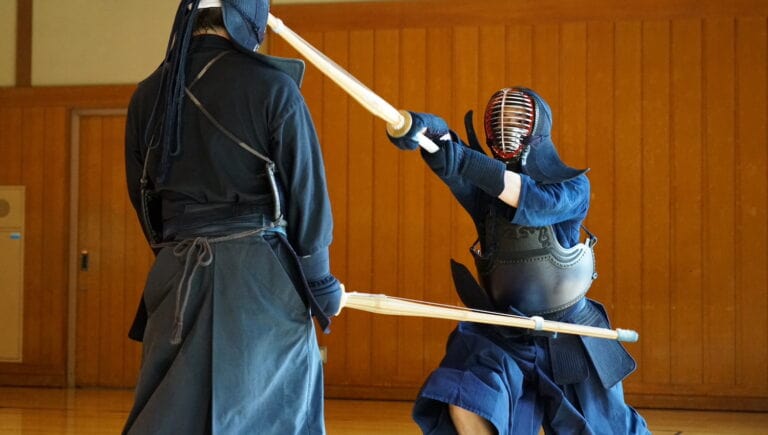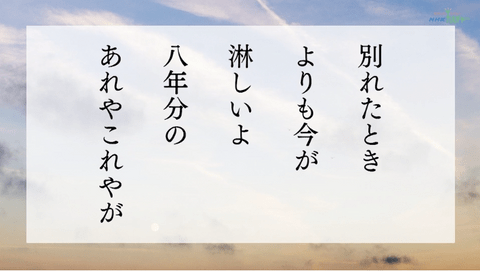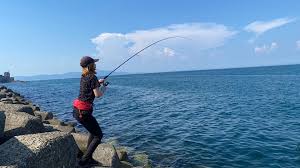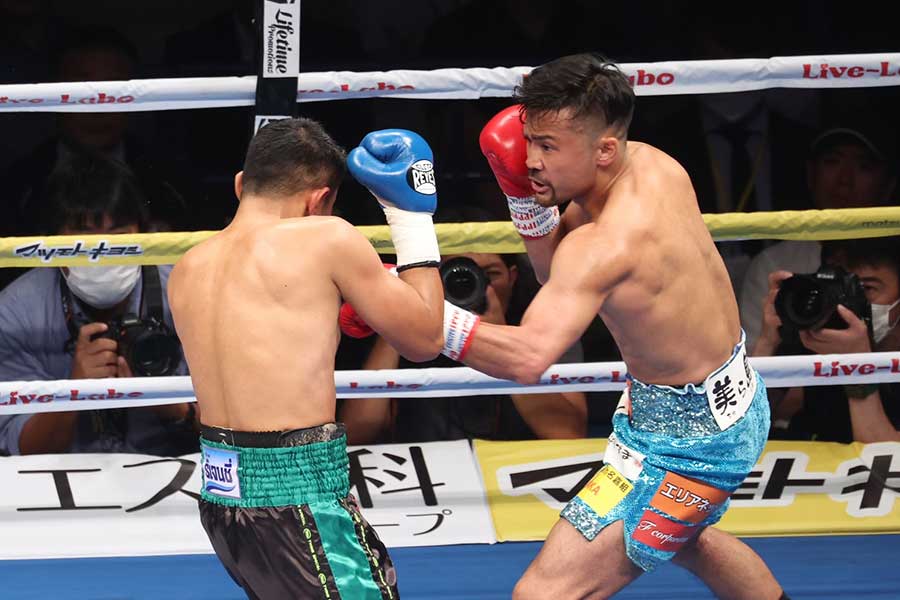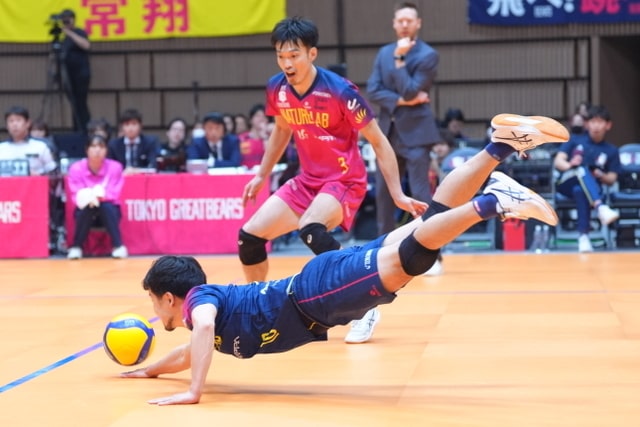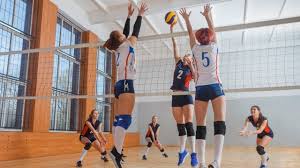
Kendo is a traditional Japanese martial art that requires more than just wielding a bamboo sword, it requires a variety of techniques and tactics.
In this article, we will explain in detail the various types of techniques in Kendo, the characteristics and uses of each technique, as well as how these techniques are formed and how they are applied in actual combat.
From beginners to advanced players, by gaining a deep understanding of Kendo techniques and learning how to use them practically, you will be able to further improve your own Kendo skills.
I hope this article will help you on your journey to master the art of Kendo.
目次
- 1 Introduction: Importance and basic concepts of Kendo techniques
- 2 Introduction to the basic techniques (basic techniques) of Kendo and how to use them
- 3 Applied techniques and how to use them depending on the situation
- 4 Kendo defense techniques and their applications
- 5 Training methods for mastering techniques
- 6 Variations and evolution of Kendo techniques
- 7 Frequently asked questions (FAQ) about Kendo techniques
- 8 Summary and the importance of continuous learning of Kendo techniques
Introduction: Importance and basic concepts of Kendo techniques
In Kendo, learning techniques and proper practice are extremely important.
In this section, we will delve into the role of techniques in Kendo and a basic understanding of them.
Kendo techniques are more than just offensive and defensive movements; they are also a means of embodying the swordsman’s spirituality and philosophy.
Role and basic understanding of techniques in Kendo
Kendo techniques consist of movements aimed at effective strikes against the opponent.
Effective striking means an accurate and powerful strike that follows the rules of kendo. This includes hitting the right area, accurate distance and timing, and the proper posture (zanshin) after the blow.
Kendo techniques are mastered by integrating these elements in order to score points against the opponent and for one’s own spiritual growth.
Techniques in Kendo can be divided into two main types: striking techniques and thrusting techniques.
Uchitsu-waza targets the men, torso, kote, and throat, and tsutsu-waza mainly targets the throat.
Each technique requires precision in its execution, so swordsmen master these techniques through daily practice in order to be able to use them accurately and effectively.
Kendo techniques are also a means of developing not only physical skills but also the inner self of a swordsman.
Each technique reflects the swordsman’s mental state, and requires respect for the opponent, calmness of one’s own mind, and the ability to make instantaneous decisions.
Through these techniques, a swordsman not only aims to improve his technique, but also to mature as a human being.

Introduction to the basic techniques (basic techniques) of Kendo and how to use them
The basic techniques of kendo form the foundation of a swordsman’s technique.
Here, we will explain in detail the forms and practical uses of the four most basic and important techniques in Kendo – Men-uchi, Do-udouchi, Kote-uchi, and Tsuki – as well as the correct way to strike each technique and its key points. .
Men-uchi is a technique in which you strike your opponent’s face (head).
To strike the opponent’s face accurately, you need to use the hardest part of the shinai (approximately one-third of the way from the tip) and forcefully strike the front of the opponent’s face.
When striking, it is important to keep your back straight and take a big step.
When practicing men-uchi, it is important to carefully observe your opponent’s movements and identify opportunities to attack.
Basic form and practical use of todouchi
Doro-uchi is a technique that strikes the opponent’s torso (abdominal armor).
In order to effectively perform a tō-utachi, it is important to stretch your arms firmly and put your hips in at the moment of striking.
When performing body strikes, it is important to anticipate the moment when the opponent’s defenses are weak, while inducing caution against the opponent’s face strikes and thrusts.
Basic form of koteuchi and practical usage
Kote-uchi is a technique that aims at the opponent’s kote (wrist).
This technique is effective when you are relatively close to your opponent. When making a kote strike, it is necessary to swing the bamboo sword down quickly and strike at the correct angle and timing.
The best time to use Kote-uchi is when your opponent is about to attack or when you find a momentary opening.
Basic form of thrust and practical usage
Tsuki is one of the most difficult techniques in Kendo, and is aimed at the opponent’s throat.
A successful thrust requires accurate distance and speed.
The tip of the shinai must be aimed at the opponent’s throat and thrust quickly in a straight line.
Thrusting is effective when used when the opponent loses balance after an attack.
These basic techniques form the basis of Kendo, and the key to mastering Kendo is to hone these techniques through daily practice and instill in your body the tips and tricks for using each technique.

Applied techniques and how to use them depending on the situation
After mastering the basic techniques of kendo, in order to further deepen the techniques, it is important to learn applied techniques and how to use them in different situations.
Applied techniques include combinations of multiple attacks, and the application of tactical techniques under specific battle situations.
These techniques are extremely effective in giving you an edge in the game.
A combination of multiple attacks (sequential attacks)
A continuous attack (or continuous attack) is the technique of breaking down an opponent’s defense by performing a series of attacks in quick succession.
For example, you might first perform a Men-uchi attack, and then immediately add a Do-uchi or Kote-uchi the moment your opponent blocks it.
It is important to use consecutive attacks to take advantage of the opponent’s reaction and exploit the gap after one attack is blocked.
An effective sequence requires not only the precision of each blow, but also the smooth timing and flow between them.
How to use tactical techniques in specific situations
Kendo requires the ability to decipher the opponent’s movements and battle situation, and choose the most appropriate technique for the situation.
For example, if your opponent is aggressive and comes forward, a thrust while retreating or a quick attack as a counterattack are effective.
Additionally, if your opponent loses their stance or temporarily loses their balance, you can immediately follow up with a strike or thrust.
These applied techniques and tactics are important elements that determine victory in Kendo matches.
Speed of situational judgment and accurate execution of techniques are essential for developing Kendo at a high level.
Practicing these situational techniques during daily practice and preparing your body to respond naturally is the key to success in Kendo.

Kendo defense techniques and their applications
In Kendo, not only offensive techniques but also defensive techniques are very important.
Defensive techniques include receiving techniques and body movements, and by using these effectively, you can nullify your opponent’s attacks and create counter opportunities.
Below, we will explain in detail the main defensive techniques in Kendo and how to apply them.
Uke technique: How to protect the face and torso
In kendo, “uke” is the technique of protecting one’s face and torso by blocking or deflecting an opponent’s attack.
There is a method of uke-waza to protect men called “men kaeshi”, in which the opponent’s men-uchi is slightly biased by movement of the wrist.
The uke technique used to protect the torso is “dōgaeshi,” which is similarly prevented by lightly brushing away the opponent’s blows with a bamboo sword.
These techniques are useful for using the power of your attack to control your opponent and prepare them for a direct counterattack from defense.
Reaction speed and body movement
Defense in Kendo requires not only knowing the techniques, but also the reaction speed to execute those techniques quickly and at the right time.
To improve your reaction speed, it is important to always carefully observe your opponent’s movements and anticipate their intentions.
How you move your body is also essential for successful defense.
Effective body movements include adjusting your position with small, quick steps and shifting your weight back and forth as needed.
This allows you to evade your opponent’s attack range and increase your chances of counterattacking.
Learning and applying these defensive techniques will give you a great advantage in Kendo matches.
Train these techniques through daily practice and prepare to react naturally in actual combat.

Training methods for mastering techniques
Technical improvement in Kendo is achieved through daily practice and continuous training.
Acquiring skills is a time-consuming process, but by incorporating the practice tips and daily training methods below, you can improve your skills efficiently.
Tips for practicing during rehearsals
When practicing Kendo, it is important to pay attention to the following points:
- Stay true to the basics : All techniques begin with basic movements. Always trying to perform basic movements accurately is a shortcut to acquiring advanced techniques.
- Repetitive practice : By performing the same technique over and over again, your body learns the movement. Try to maintain accurate movements even when you are tired.
- Practicing Kata : By practicing Kata, you can learn the flow of techniques and the correct timing for striking. Kata practice can also be done alone or with a partner.
daily training
The following methods are effective for daily training to improve your Kendo skills:
- Subliminal training : By imagining Kendo movements, you can improve your actual movements. In particular, imagery training before bed is very effective.
- Strengthening your physical strength : Improving your Kendo skills requires good physical strength. It is recommended that you perform a well-balanced combination of aerobic exercise such as running, swimming, and cycling, and anaerobic exercise such as muscle training.
- Improved flexibility : Kendo requires a flexible body. It is important to stretch on a daily basis and keep your body flexible.
Advice for efficient technical improvement
In order to improve your technique, it is important to objectively evaluate your own movements.
You may want to record your practice using video recording and review it later.
In addition, by proactively seeking feedback from seniors and instructors and improving on the points pointed out, you can hone your skills more efficiently.
Aim to improve your Kendo skills by incorporating these training methods and practice tips into your daily routine.
Kendo is not just a physical training exercise, but it also promotes mental growth, so it is important to engage in it with all your heart and soul.

Variations and evolution of Kendo techniques
Kendo techniques continue to evolve with the times and range from traditional techniques to modern applied techniques.
This section explores the variations in kendo techniques, the evolution of their techniques, and how this has changed the style of kendo.
From traditional techniques to modern applied techniques
The basic techniques of kendo—men-uchi, todo-uchi, kote-uchi, and tsuki—have a long history, and these techniques form the basis of kendo.
However, in modern competitive kendo, more complex and effective techniques have been developed by applying these basic techniques.
For example, double strikes and consecutive moves are examples of this, and these aim to break through the opponent’s defense by quickly transitioning from one attack to the next.
In addition, techniques for toying with the opponent by making full use of disguised techniques and feints have also begun to be seen.
Changes in kendo style due to technological advances
Advances in technology have also had a major impact on the way Kendo fights.
In traditional kendo, the main emphasis was on one-hit, sure-fire attacks, but in modern times there is a tendency to emphasize endurance and continuous attacks.
This is because the purpose of competitive kendo is to score points, so even if you can’t win with a single attack, you are required to keep applying pressure.
Improvements in Kendo’s protective equipment have also contributed to the evolution of technology, with the development of equipment that is easier to move in and safer, allowing for fast-moving and technical combat.
Due to these advances, Kendo is changing from just a martial art to a sport that requires high skill and strategy.
As a result, those who learn Kendo are required to respect traditional techniques while actively incorporating new techniques and constantly evolving.
In this way, the evolution of kendo techniques has increased the appeal of kendo itself, attracting more people to this martial art.

Frequently asked questions (FAQ) about Kendo techniques
By answering common questions asked by those learning Kendo, we will clear up any doubts that beginners to experts may have and pave the way for effective training.
Here you will find answers to frequently asked questions about Kendo techniques.
Q1: What is the most important technique in Kendo?
A1: The most basic and important technique in Kendo is “Men-uchi”. This is the basis of the attack, and accurate men-uchi is the basis for many other techniques in kendo. Mastering men-uchi is considered the starting point for all other technical improvements in kendo.
Q2: How can I make my skills faster?
A2: In order to improve the speed of techniques, it is important to first be able to perform the basic movements accurately. Once you have mastered the basics, it is effective to practice repeatedly to avoid unnecessary movements and perform them smoothly. Strength and flexibility training also contributes to increased speed.
Q3: What should I do to improve my defensive skills?
A3: In order to improve your defensive techniques, you first need to develop the ability to accurately read your opponent’s movements. A lot of practical experience helps with this. Additionally, by recording video of your own defensive movements and analyzing it, it will be easier to see specific areas for improvement.
Q4: What is the most difficult technique in Kendo?
A4: Generally speaking, “tsuki” is considered to be the most difficult of the techniques in kendo. Tsuki requires a precise sense of distance and timing, and mastering it requires great concentration and a lot of practice.
Q5: What should I do if I don’t see results in my practice?
A5: If you feel that your practice is not producing results, it is important to first review your current practice method. It is also effective to consult with your instructors and seniors and get feedback. It is also important to not only increase the amount of practice, but also to find ways to improve the quality.
These FAQs aim to deepen your understanding of questions regarding Kendo techniques and help you improve your techniques.
Please utilize this knowledge in your daily practice and hone your Kendo techniques.

Summary and the importance of continuous learning of Kendo techniques
Kendo is more than just physical training, it is a path to spiritual growth and self-refinement.
This section explains why mastering Kendo techniques is a long-term process and its deep significance.
Long-term process of technology acquisition and its significance
Learning Kendo techniques does not happen overnight.
This is not just a process of learning the movements and correcting the form, but also a process of understanding the deep meaning behind each technique and the spirituality of its execution.
Through kendo training, swordsmen can develop inner powers such as patience, concentration, and self-control.
These mental qualities influence a swordsman’s actions and decisions not only inside the dojo but also in everyday life.
Acquiring techniques in Kendo is a process that can be called a dialogue with oneself.
By confronting your own technique each time you practice and making small adjustments over and over again, you will gradually acquire that technique.
This iterative process helps the swordsman grow beyond his or her own limitations, making it an activity worth continuing throughout life.
Continuous learning of kendo techniques means not only refining the physical technique, but also spiritual maturity and growth as a person gained through the process.
It can be said that long-term Kendo training is an important act for a swordsman to go beyond simply improving his physical strength and developing a deep sense of spirituality.
By following this path, a swordsman will be able to calmly and confidently face the challenges faced in many aspects of life.

